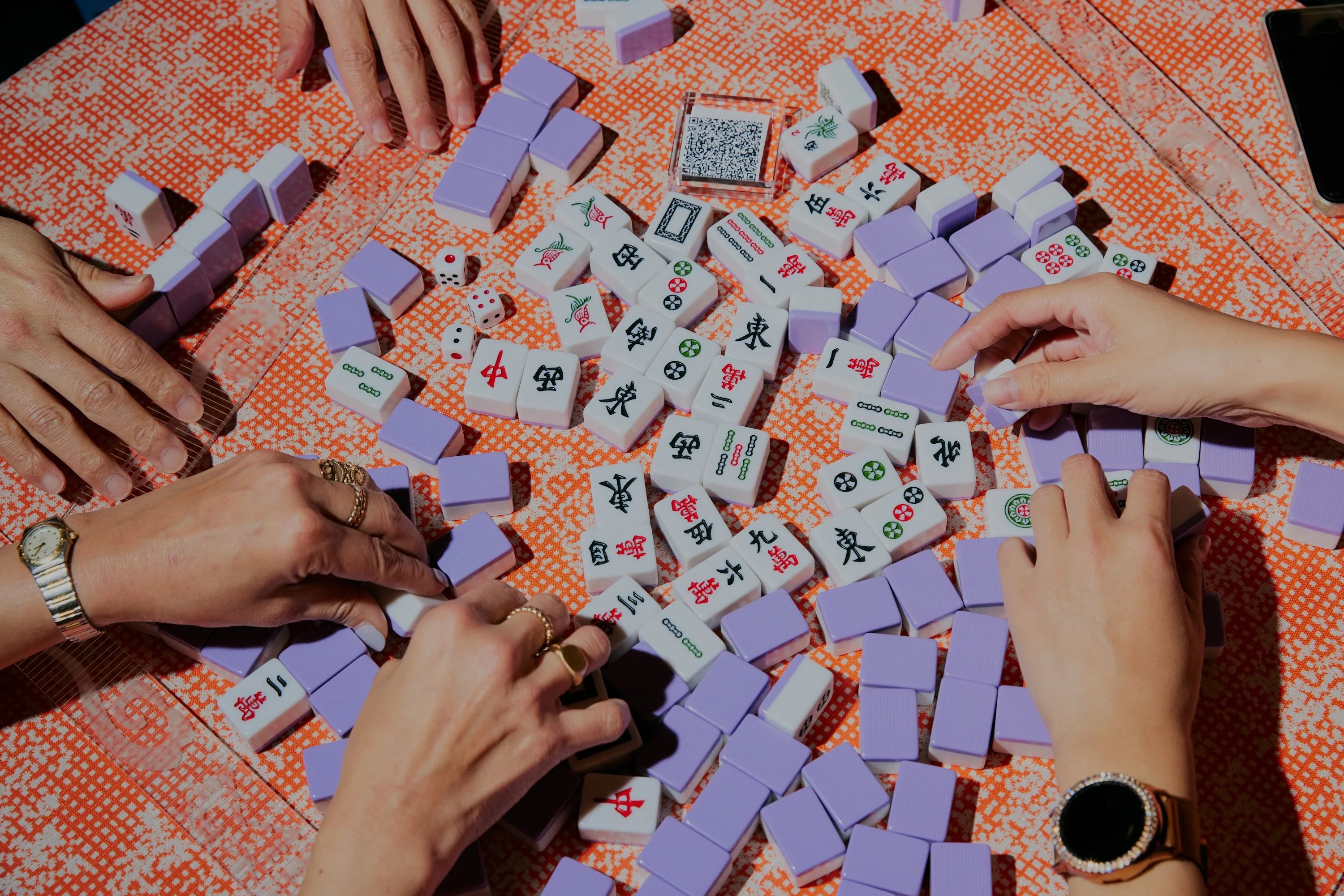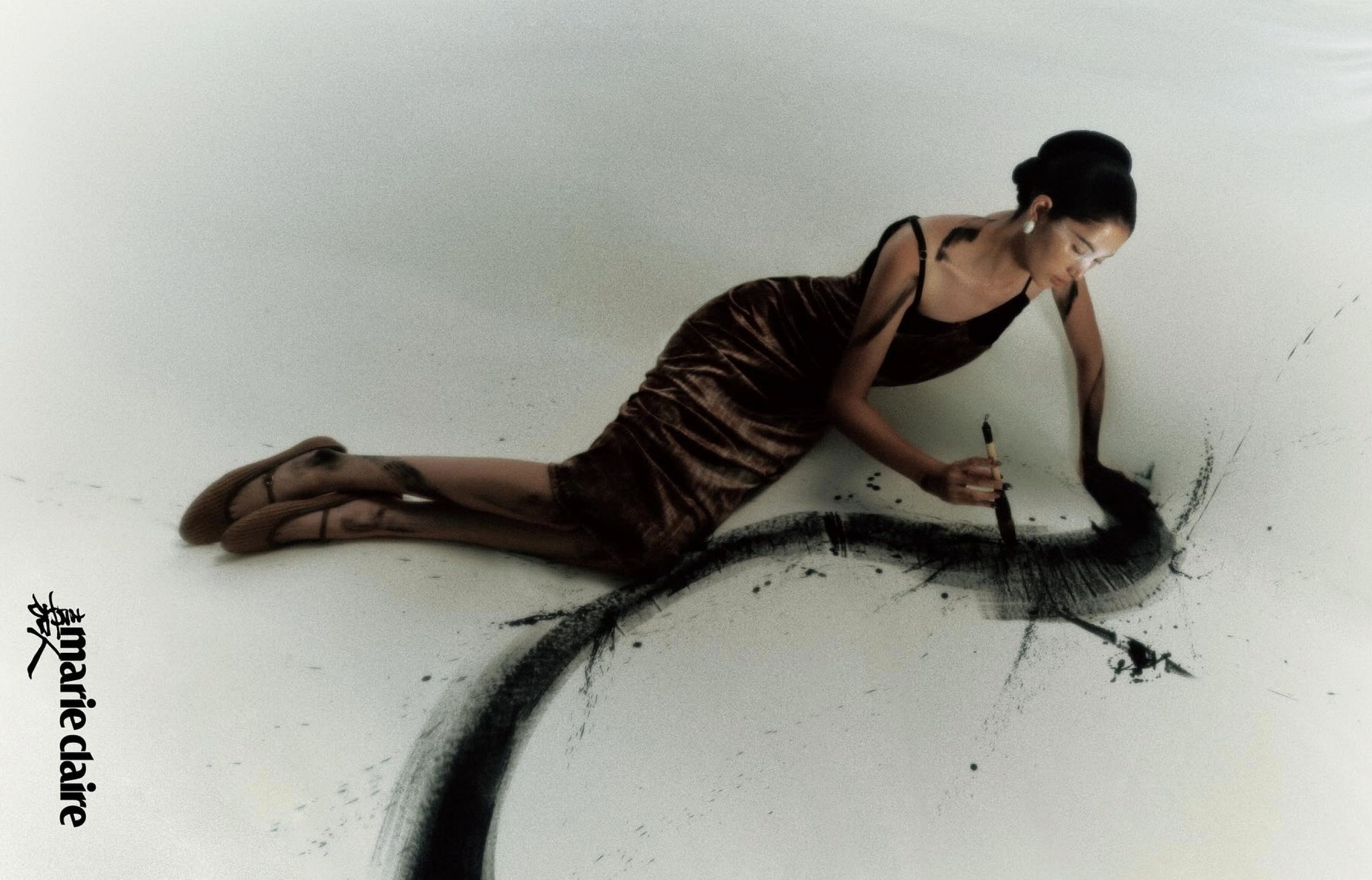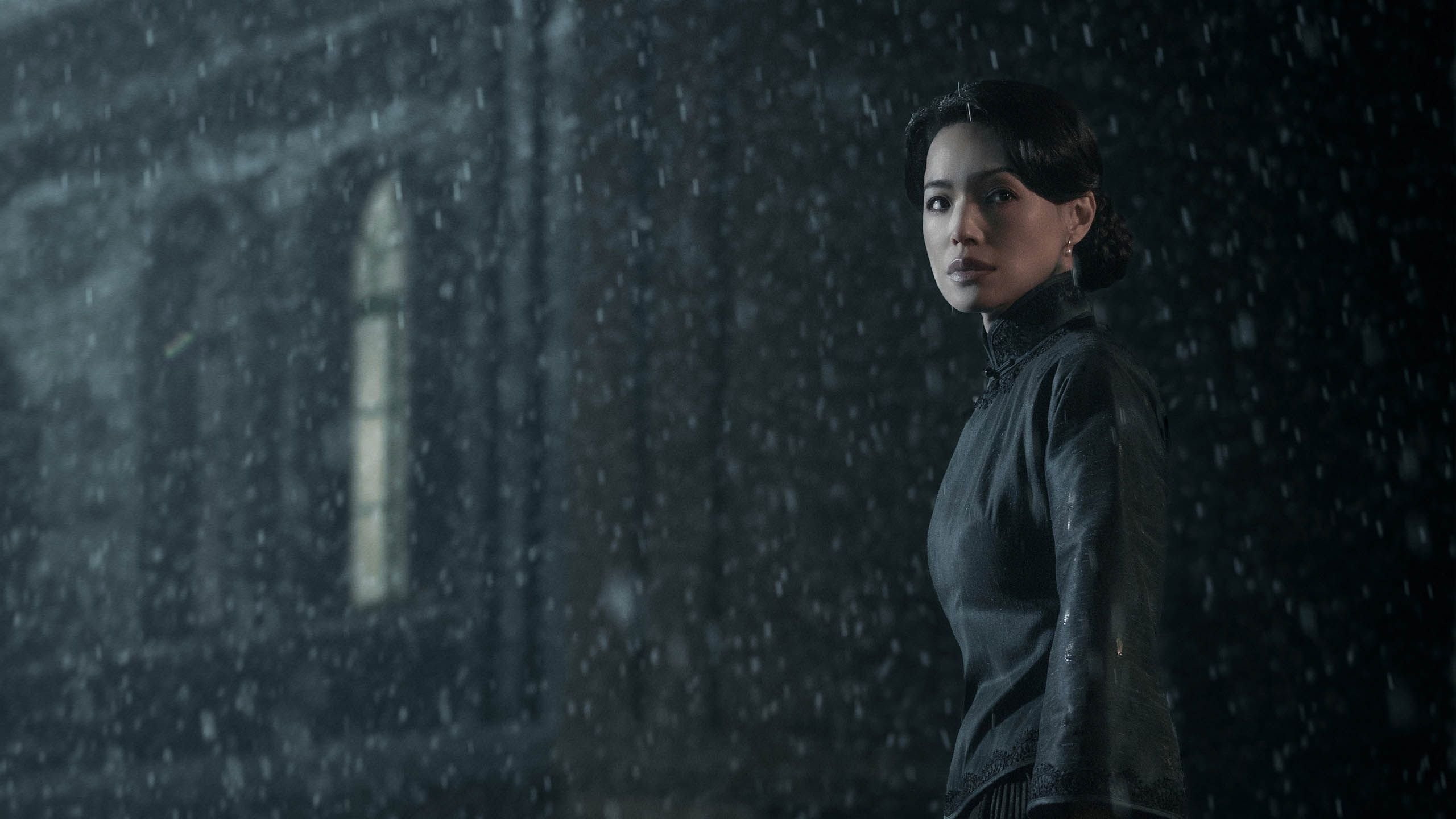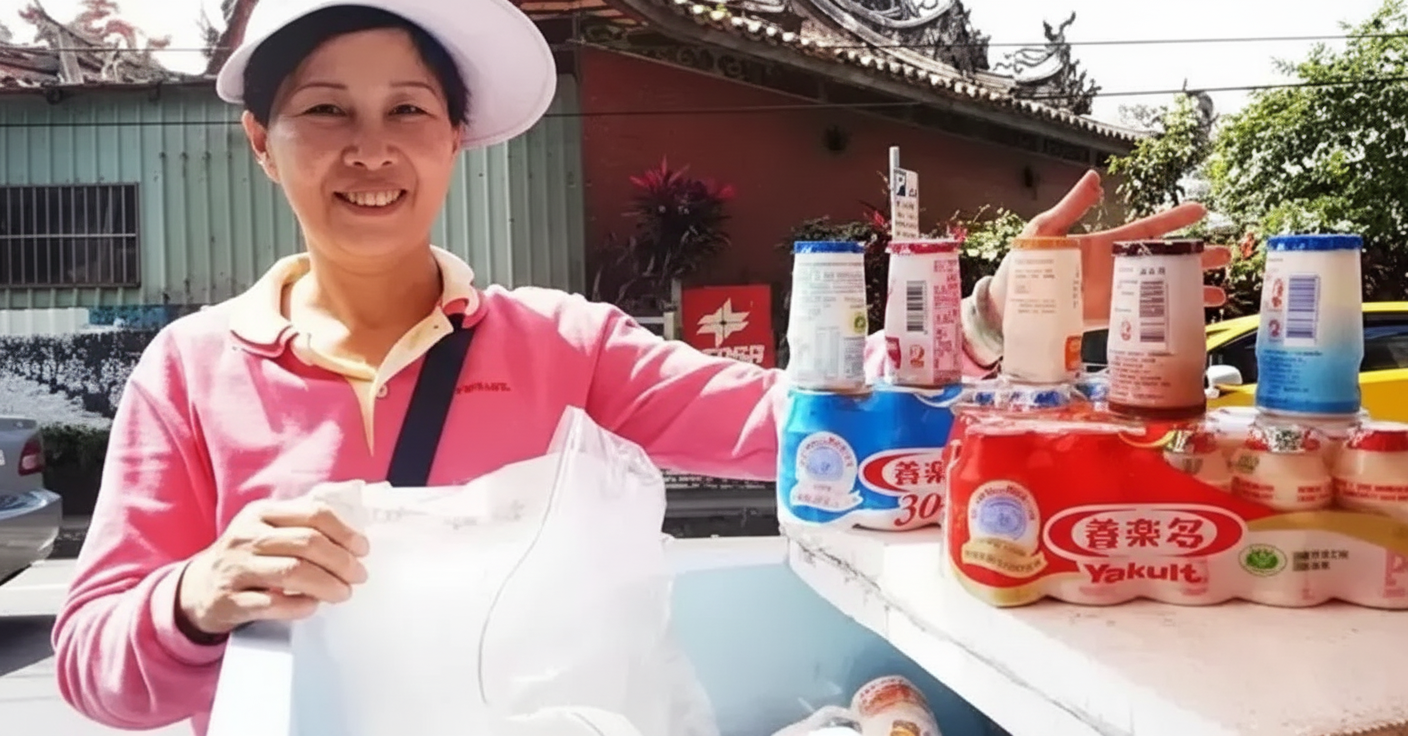The Covid-19 outbreak hit the art world hard — virtually all art institutions in China face temporary closure, with little clarity on when they will be able to resume regular operations, or when visitors may feel it is safe to return. Faced with such uncertainty, museums and art galleries have, just like music venues, schools and gyms across the country, turned to digital means in attempt to keep interest in art — and their businesses — alive.
“Do we need walls? What’s the use of architecture in art?” asks Victor Wang, Artistic Director and Chief Curator of M WOODS Beijing. The museum took the lead in early February by inaugurating an online exhibition born from the concern of how audiences can experience art during times of closure.
Art Is Still Here: A Hypothetical Show for a Closed Museum is a series of videos gradually released on the museum’s social media accounts. They take viewers through a guided tour of a virtual gallery showing multimedia works. “During the quarantine period, social media is a potent tool not just for sharing information of all kinds, but also to connect communities,” explains Wang.
Similarly, and inspired by André Malraux’s notion of the “imaginary museum,” small independent space BANK Gallery has developed Pure Beauty, an online exhibition using livestreaming for performances and WeChat posts for visual art. For the latter, they combine photos of past shows with images of “imaginary installations” of real artworks Photoshopped into their exhibition space. It’s a taste of what the show would look like in the bunker-style Shanghai gallery.
Some institutions have found that they were fortuitously prepared for unexpected closures. In 2016, the state-owned Power Station of Art in Shanghai began photographing panoramas of each of their exhibitions and publishing the material on a link accessible via WeChat (though it also works in a web browser). Previously underused, it now turns out to be a useful tool for engaging with audiences trapped in their own apartments. It’s a similar experience to taking a walk on Google’s Street View, but in a higher resolution; the detail of the works was not taken for granted.

Wang Xu’s poster for Power Station of Art
The museum is also posting regular content on social media, including an exhibition for which they invited ten artists to design relief posters on the theme of Covid-19.
Ürümqi’s Gaotai Gallery, the first contemporary art gallery in Xinjiang, features artists from all regions along the old Silk Road whose works revolve around environmental, cultural, and gender concerns. With the advent of the virus and the partial lockdown in the regional capital, the gallery organized a series of online keynotes to be livestreamed on their official WeChat account.
All of the speakers were born in Xinjiang and their talks look at local themes spanning art, art institutions, and literature. Hosts include notable photographers Hailun Ma and Zhang Boyuan.
https://www.instagram.com/p/B8t4OPIl80N/
Related:
 Photographer Hailun Ma Turns a Unique Lens on XinjiangUrumqi-born photographer Hailun Ma talks about her creative evolution from New York to Shanghai, and how she’s drawn unlikely connections back to XinjiangArticle Oct 24, 2018
Photographer Hailun Ma Turns a Unique Lens on XinjiangUrumqi-born photographer Hailun Ma talks about her creative evolution from New York to Shanghai, and how she’s drawn unlikely connections back to XinjiangArticle Oct 24, 2018
More than a month of living under some form of quarantine or confinement has seen outbreaks of creativity across the country, with many documenting their own takes on “installation art” at home. The Shanghai Center of Photography, SCoP, is exploring the facets of artistic creativity in times of partial or complete lockdown by inviting photographers to create new works from their homes.
“In the hope all will be over soon, we all work from home,” says SCoP Artistic Director Karen Smith in an introduction to the project. “But it doesn’t stop the creative juices flowing, so we asked our photographer friends how creative staying at home has been for them.” Daily, SCoP posts a short set of photos for each artist, including a personal account of their experience. It’s an intimate and engaging series.

Feng Li’s works, as presented by SCoP
As masks became the inevitable symbol of the epidemic, Wuyuan-born artist Coca Dai, whose photography work revolves around impulsive documentation, started a project taking spontaneous shots of people wearing masks in the streets. The project is called 100,000 People Wearing Masks, but due to stricter closure regulations, he’s still to complete the total figure. Nevertheless, he has already posted a preview of the series online in collaboration with the Shanghai self-publishing studio Same Paper (linked above). The post follows a mobile-only design; viewers need to hold their phones horizontally to see the photos properly.

From “100,000 People Wearing Masks” by Coca Dai
Other institutions are also engaged and looking for ways to provide practical support in the fight against coronavirus. Along with more than 80 art institutions, Shanghai’s HOW Museum is organizing Stand Together, an online art auction to raise funds to buy prevention supplies for primary school students. Participating artists include renowned figures such as Cai Guo-Qiang, who is famous for his work with gunpowder.
And this week, HOW’s version of an online museum went live on WeChat, featuring in-depth information about selected exhibitions they have held in the past.
Related:
 Amidst Coronavirus Lockdown, Musicians in China Livestream the PartyArtists, venues, labels and festivals around the country are creating virtual performance spaces to counteract boredom and anxietyArticle Feb 12, 2020
Amidst Coronavirus Lockdown, Musicians in China Livestream the PartyArtists, venues, labels and festivals around the country are creating virtual performance spaces to counteract boredom and anxietyArticle Feb 12, 2020
The cancelation of Art Basel Hong Kong came as a hard-hitting surprise for many in Asia’s art circles, particularly in mainland China. Over the last years, the number of exhibitors and buyers from mainland China flocking to the art fair has become significant. However, the organizers will now provide online viewing rooms for exhibitors to present the works they planned to show; these will go live from March 20-25, with two days of VIP previews.
Shanghai-based Korean art space Arario Gallery, who planned to participate in the fair, have opted to offer online viewing of their works a bit earlier, going live on Tuesday 3 March. They also have an online viewing of the sculpture-based works they had planned for the Shanghai West Bund outpost.
The concept of a digital museum is not new. But for the first time, the art industry has to rely exclusively on digital means to keep its audience engaged. “There is always a challenge of representation,” Victor Wang says. “Duration, format, and engagement are difficult when navigating the digital sphere. This is also heightened by the mannerisms of the online culture and the ‘like’ culture established by social media. But in the end, it’s about continuing to have art present, despite the difficulties.”
Cover image: Screenshot of Power Station of Art’s virtual tour















